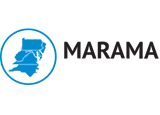Monitoring Air Pollution
Monitoring for air pollutants at strategic locations in the state.
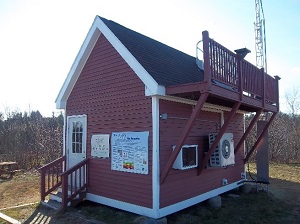
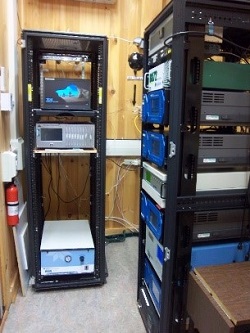
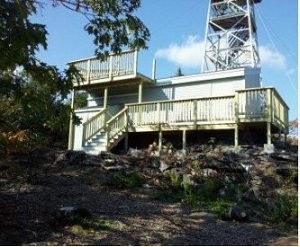
NHDES operates a network of air quality monitors throughout the state to measure levels of criteria pollutants and a number of other pollutants in the outdoor (ambient) air. NHDES also conducts meteorological monitoring at many of these sites in order to determine the relationship between weather conditions and the behavior of these pollutants.
NHDES sends air monitoring data to EPA for storage, evaluation of potential pollutant trends and to see if the levels of these pollutants exceed air quality standards.
Air quality analyzers inside the stations continuously sample ambient air and produce data on air quality. Data loggers collect this data electronically and transfer it to NHDES headquarters in Concord where quality assurance personnel validate the data and send it on to EPA. NHDES field technicians regularly service the sites and routinely calibrate the instruments to ensure accuracy.
Every three years, an emission inventory is prepared for the most common air pollutants, including criteria pollutants, toxic air pollutants and greenhouse gases. The current New Hampshire ambient air monitoring network is carefully configured based on air pollution emission patterns to provide air quality data in populated areas which are potentially at risk for unhealthy air quality of one or more pollutants. Most populated areas are represented by an air monitoring station unless previous monitoring has demonstrated that either the community is not considered to be at risk or can be adequately represented by a nearby monitor. NHDES also considered topography, geographic coverage and air pollution modeling in the current network design.
Draft 2023/2024 Annual Network Review and Plan
A draft 2023/2024 Ambient Air Monitoring Program Annual Network Review and Plan is posted and open for public comment for 30 days, in accordance with the Code of Federal Regulations Title 40, PART 58. Part 1 of this Plan reviews structure, objectives, history and data trends associated with NHDES’ Air Monitoring Program (AMP). Part 2 of this Plan details individual air monitoring station information. Appendix A includes comparability assessments between collocated particulate sampling stations.
This document is open for public comment until June 30. Please send comments to Michael Little at michael.s.little@des.nh.gov.
The DRAFT 2023/2024 Ambient Air Monitoring Program Annual Network Review and Plan
Resources
Related Content
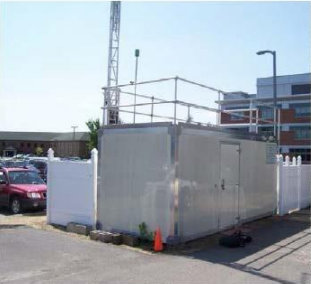
Evaluating air quality with a network of monitoring stations
The network of air monitoring sites throughout the state facilitate monitoring of ambient ozone, sulfur dioxide, nitrogen dioxide, volatile and semi-volatile organic compounds, carbon monoxide, lead and particulate matter. Air monitoring data from NHDES’ network helps staff assess air quality within New Hampshire, evaluate the status of air quality coming from areas upwind and also helps assess our contribution to downwind areas.
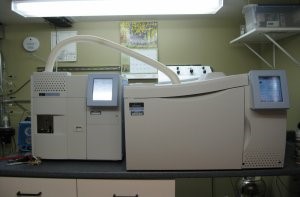
Photochemical Assessment Monitoring Stations (PAMS)
NHDES is responsible for the operation of two Photochemical Assessment Monitoring Stations (PAMS) for more extensive monitoring of ozone and ozone precursors (VOCs and NOx) along with meteorological parameters. Each year, NHDES collects PAMS data on an hourly basis from June through September and analyzes the results during the off season. Analyses of these data are helping the EPA and state agencies better understand the underlying causes of ozone pollution, develop effective remedies and measure environmental improvement.
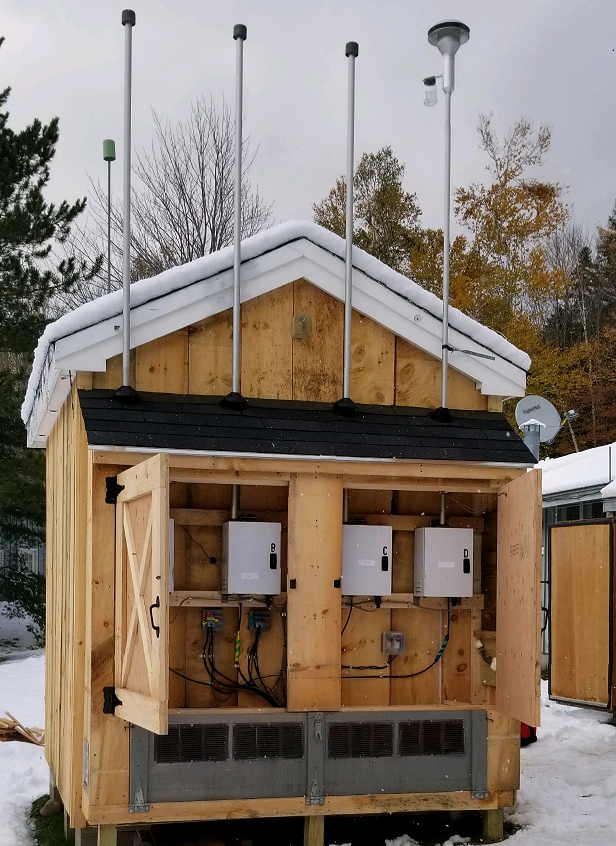
Interagency Monitoring of Protected Visual Environments (IMPROVE) Program
To aid in the implementation of the federal Regional Haze Rule, the Interagency Monitoring of Protected Visual Environments (IMPROVE) program was initiated in 1985. This program implemented an extensive, long-term monitoring program to establish the current visibility conditions, track changes in visibility and determine causal mechanism for the visibility impairment in the National Parks and Wilderness Areas. has IMPROVE monitors at Camp Dodge at the base of Mt. Washington and at the two NCORE monitoring supersite locations in Londonderry and Pack Monadnock Mountain in Peterborough.
Monitoring Network Locations
The NHDES Monitoring Program measures ambient air concentrations for several air pollutants of concern within the state using modern technology at strategic locations.
Air Monitoring Data
Air pollution is measured at 13 locations in New Hampshire and at hundreds of other locations throughout the country. While this data is collected locally, it is reported hourly to NHDES and made available for public information. This data is also uploaded to national data servers and once quality assured, it become part of a resource of information that is available to anyone who wants it. We are pleased to offer a simple summary of New Hampshire air pollution monitoring for those with a casual interest as well as access to more detailed data for those that might want to do their own analyses. For regulatory analyses, please check with your NHDES representative prior to performing your own analyses because there may be specific data sets for this use.
Air quality in New Hampshire is classified as “Good” over 90% of the year throughout the state. There are portions of the year when air quality is classified as “Moderate” or even “Unhealthy for Sensitive Groups” due to small particle or ozone concentrations. Moderate air quality most often occurs during colder weather dues to residential wood burning and during the summer when small particles and ozone pass through the state from other areas.
Air Monitoring Data Reports
Interested in New Hampshire’s air quality, including current pollution levels, historical trends and regulations?









